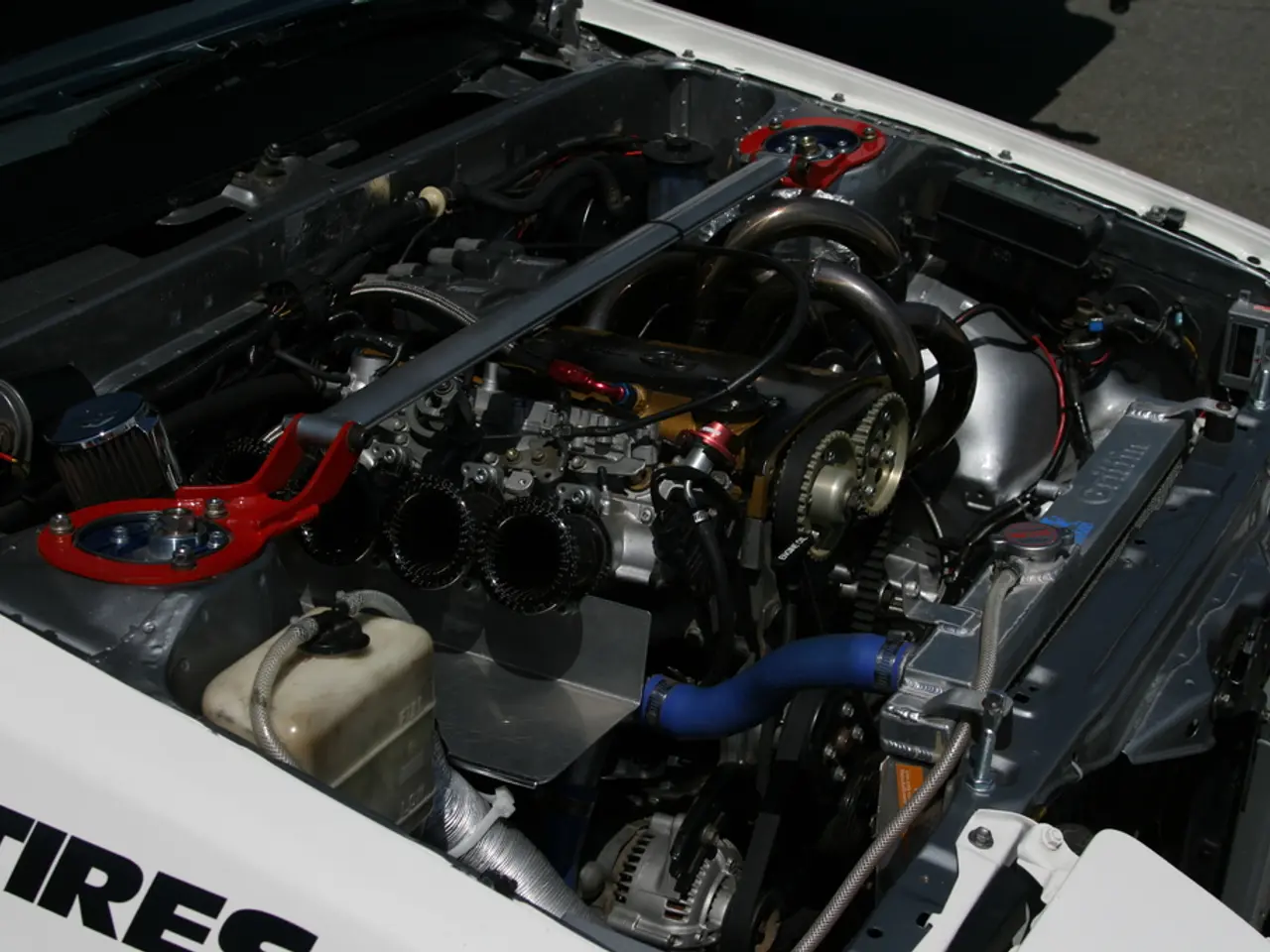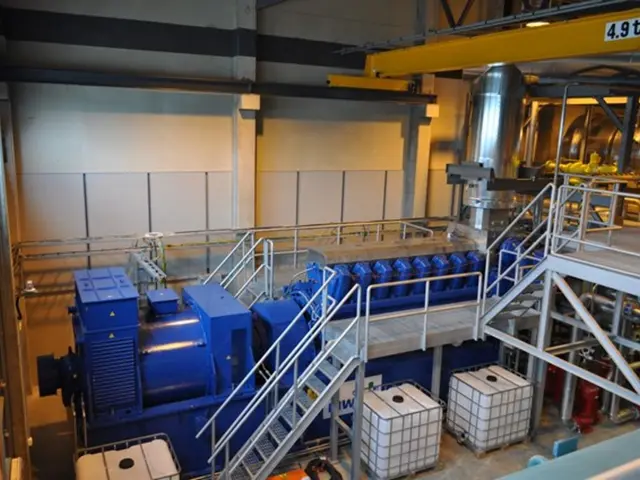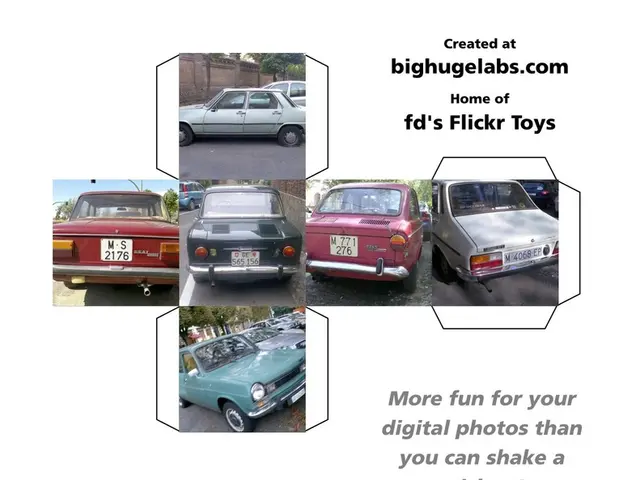Tesla is reportedly staying away from the solid-state battery trend, as suggested by indications from CATL and Panasonic.
In the rapidly evolving world of electric vehicles (EVs), Tesla has chosen a pragmatic approach, focusing on the improvement of lithium-ion battery technology rather than solid-state batteries. This strategy is driven by the maturity, cost-effectiveness, and reliability of lithium-ion batteries in EVs, as well as Tesla's yearly advancements in energy density, faster charging, and lower costs.
Lithium-ion batteries, currently widely used, offer energy densities of 150–250 Wh/kg. In contrast, solid-state batteries, which are still in the early prototype and pilot stage, boast energy densities of 300–400 Wh/kg in lab prototypes. Solid-state batteries also promise faster charging times, as quick as 3-12 minutes for 80% charge, longer lifespans, and reduced fire risks. These properties could nearly double EV range and battery life compared to lithium-ion technology.
However, mass-market solid-state batteries are expected to become practical for EVs around 2027 to 2030. This timeline is based on manufacturers continuing to validate prototypes, test real-world conditions, and scale production capacity. Some early semi-solid-state battery EVs, like the new MG4 variant with manganese-based lithium-ion chemistry, have recently been cleared for sale in China, marking initial steps towards solid-state technology commercialization.
Tesla's strategy reflects a pragmatic approach: it continues to optimize lithium-ion technology now while monitoring and researching solid-state developments that may revolutionize EV batteries later this decade. If Tesla can deliver a 450-mile EV that charges in under 15 minutes using advanced lithium-ion, the functional difference for most drivers compared to a 600-mile solid-state car will be minimal.
Emerging silicon-anode battery upgrades for Tesla could add 20% more capacity without overhauling production lines, translating to more range, faster charging, and lower cost per mile in Tesla vehicles. New battery advancements have already given the average EV a range close to what a Tesla Model 3 Long Range offers today.
In summary, Tesla's focus on lithium-ion battery technology and its pragmatic approach to solid-state battery development positions the company well in the EV market. While solid-state batteries are promising for the future, they are unlikely to replace lithium-ion batteries in Tesla’s EVs before the late 2020s.
| Aspect | Lithium-ion Batteries | Solid-State Batteries | |------------------------------------|--------------------------------------------|----------------------------------------------| | Current Status | Mature, widely used, cost-effective | Early prototype and pilot stage | | Energy Density | 150–250 Wh/kg | 300–400 Wh/kg (lab prototypes) | | Charging Time | Typically 30-45 minutes to 80% | As fast as 3-12 minutes to 80% | | Cycle Life | 1,000–2,000 cycles | 2,000–5,000 cycles | | Safety | Liquid electrolytes, fire risk | Solid electrolytes, highly stable, safer | | Commercial Availability | Mass production and sales worldwide | Expected 2027-2030 for mass-market EVs | | Cost and Manufacturing | Lower cost, mature supply chains | High production cost, limited scale and maturity |








